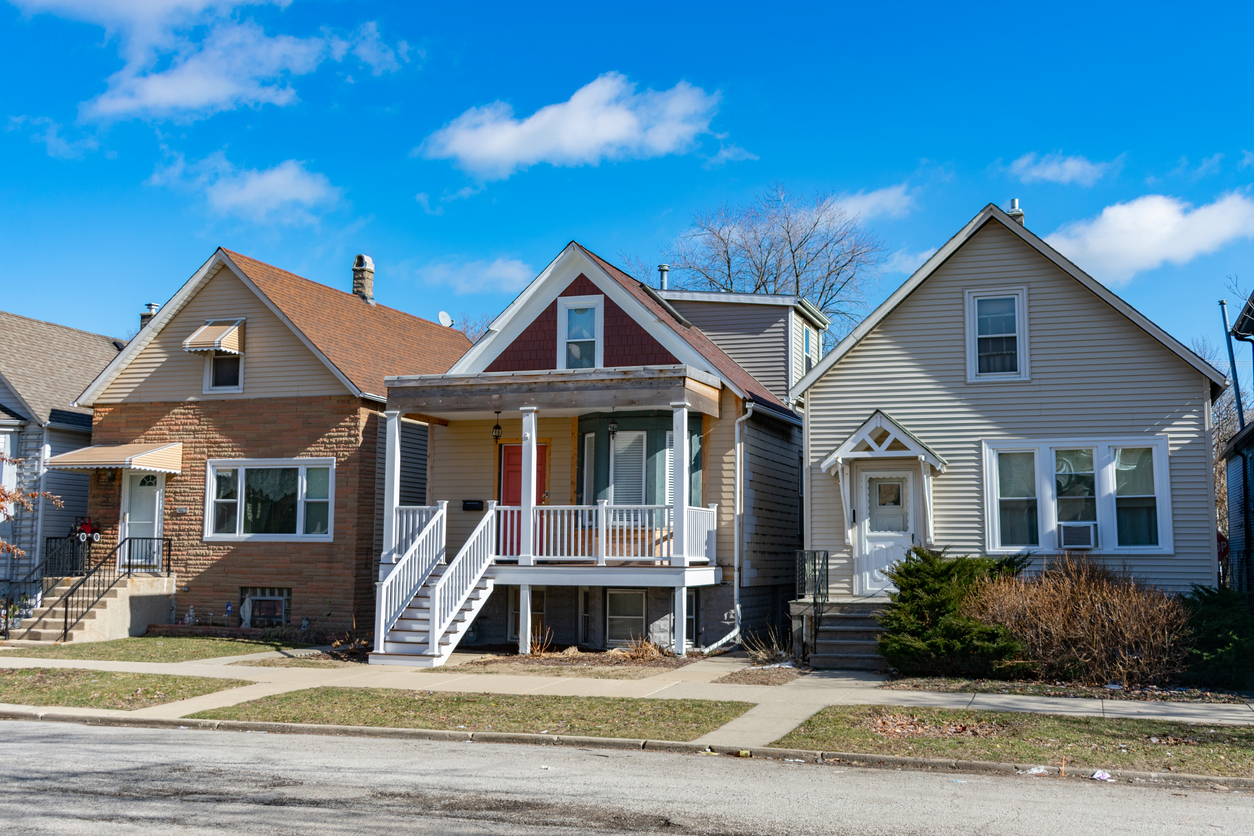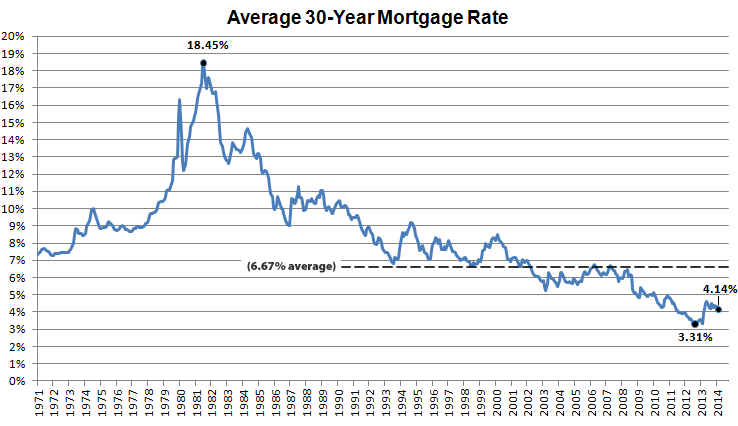
It is important to know how a home-equity line of credit works before you consider taking out this loan. This type of revolving credit is secured by your house and has a fixed repayment period and an interest rate. You must be a homeowner and have equity in your home to get approved. This means that the sum of your accumulated debt must be less then the property's actual market value. Additionally, your lender will assess your credit score as well as your debt-to income ratio to determine if this type of loan is right for you.
Revolving credit secured with your home
A home equity credit or HELOC (home equity line of credit) is a revolving credit facility from a lender which allows you to borrow against the equity of your home. This type of credit can be used for large-scale debt consolidation or to pay off high-interest bills. You can also deduct the interest from these loans.
A home equity line credit is only available to homeowners who have equity in their homes. The amount you owe on your house must be lower than its actual market value. Lenders also evaluate your credit score, debt-to-income ratio and payment history.

A home equity line of credit can help you pay for major expenses like medical bills, education, and home repairs. A line of credit is a great way to pay for your monthly expenses. But it's important to understand the risks. In case you need more money than you can repay, make sure you have an emergency fund.
Repayment period
The repayment period for a home equity line of credit depends on the amount of the loan and the equity in the home. The maximum loan amount is the same for all borrowers. However, the repayment period will vary depending on the amount of the loan and the equity in the home. Calculating the monthly repayment period of a HELOC will help you figure it out quickly.
Two major phases are involved in the repayment term for a home equity credit line. The first is the draw phase, which typically lasts 10 to fifteen years. During this period, you'll make payments on the interest and principal of the line of credit. The repayment phase begins immediately after the draw period is over.
Lenders can vary the repayment terms for home equity lines of credit. For example, a HELOC may allow you to make interest-only payments during the draw period, and a home equity payment plan may allow you to make principal-and-interest payments after the draw period. This will reduce your monthly payment.

Rate of interest
The interest rate on a home-equity line of credit may vary greatly. The margin is determined by several factors, such as the loan to worth ratio, credit qualification and property condition. Typically, the interest rate is lower when the loan is first opened, but over time, it may increase to a higher rate.
Your income, your home's equity, your home's worth and the amount of mortgage debt you have are all factors that will affect the maximum amount of credit you can borrow from a home equity loan. This simple calculation can help you estimate how much money you can borrow. You could borrow as much as $20,000. If you owe half of the home's worth, for example.
While the five-year home equity loan of credit interest rates are competitive with other rates, it's important to note that a longer repayment term (five years) will result in a lower interest rate, but you'll have to make a larger monthly payment. Rates vary depending on credit scores. However, the rates that are available to qualified borrowers with a loan ratio of 80% or more will generally be the lowest. To qualify, you should have a credit score of 740 or higher.
FAQ
How long does it take to get a mortgage approved?
It is dependent on many factors, such as your credit score and income level. It takes approximately 30 days to get a mortgage approved.
What are the drawbacks of a fixed rate mortgage?
Fixed-rate mortgages tend to have higher initial costs than adjustable rate mortgages. Additionally, if you decide not to sell your home by the end of the term you could lose a substantial amount due to the difference between your sale price and the outstanding balance.
Which is better, to rent or buy?
Renting is typically cheaper than buying your home. However, renting is usually cheaper than purchasing a home. The benefits of buying a house are not only obvious but also numerous. You will have greater control of your living arrangements.
Can I buy a house without having a down payment?
Yes! Yes! There are many programs that make it possible for people with low incomes to buy a house. These programs include FHA loans, VA loans. USDA loans and conventional mortgages. Check out our website for additional information.
Do I require flood insurance?
Flood Insurance protects against damage caused by flooding. Flood insurance helps protect your belongings and your mortgage payments. Learn more about flood coverage here.
What amount should I save to buy a house?
It depends on how long you plan to live there. You should start saving now if you plan to stay at least five years. You don't have too much to worry about if you plan on moving in the next two years.
Should I use a broker to help me with my mortgage?
Consider a mortgage broker if you want to get a better rate. Brokers are able to work with multiple lenders and help you negotiate the best rate. However, some brokers take a commission from the lenders. Before signing up, you should verify all fees associated with the broker.
Statistics
- The FHA sets its desirable debt-to-income ratio at 43%. (fortunebuilders.com)
- It's possible to get approved for an FHA loan with a credit score as low as 580 and a down payment of 3.5% or a credit score as low as 500 and a 10% down payment.5 Specialty mortgage loans are loans that don't fit into the conventional or FHA loan categories. (investopedia.com)
- Based on your credit scores and other financial details, your lender offers you a 3.5% interest rate on loan. (investopedia.com)
- This seems to be a more popular trend as the U.S. Census Bureau reports the homeownership rate was around 65% last year. (fortunebuilders.com)
- Private mortgage insurance may be required for conventional loans when the borrower puts less than 20% down.4 FHA loans are mortgage loans issued by private lenders and backed by the federal government. (investopedia.com)
External Links
How To
How to buy a mobile house
Mobile homes are houses constructed on wheels and towed behind a vehicle. Mobile homes were popularized by soldiers who had lost the home they loved during World War II. Today, mobile homes are also used by people who want to live out of town. These houses come in many sizes and styles. Some houses are small while others can hold multiple families. There are some even made just for pets.
There are two main types for mobile homes. The first is built in factories by workers who assemble them piece-by-piece. This takes place before the customer is delivered. A second option is to build your own mobile house. You'll need to decide what size you want and whether it should include electricity, plumbing, or a kitchen stove. Then, you'll need to ensure that you have all the materials needed to construct the house. The permits will be required to build your new house.
You should consider these three points when you are looking for a mobile residence. First, you may want to choose a model that has a higher floor space because you won't always have access to a garage. A model with more living space might be a better choice if you intend to move into your new home right away. Third, you'll probably want to check the condition of the trailer itself. Problems later could arise if any part of your frame is damaged.
You need to determine your financial capabilities before purchasing a mobile residence. It is crucial to compare prices between various models and manufacturers. Also, consider the condition the trailers. Although many dealerships offer financing options, interest rates will vary depending on the lender.
An alternative to buying a mobile residence is renting one. Renting allows you to test drive a particular model without making a commitment. Renting isn’t cheap. Renters generally pay $300 per calendar month.